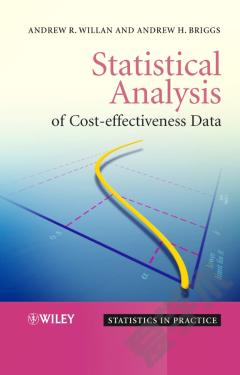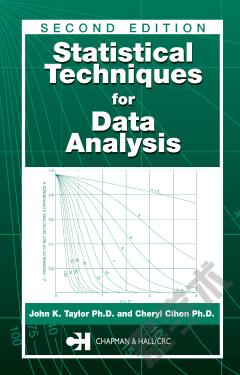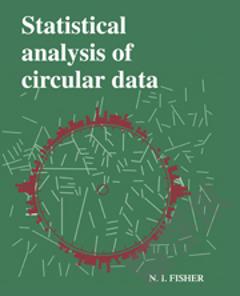Statistical Analysis of Cost-Effectiveness Data
Preface. 1. Concepts. 1.1 Introduction. 1.2 Cost-effectiveness data and the parameters of interest. 1.3 The cost-effectiveness plane, the ICER and INB. 1.4 Outline. 2. Parameter Estimation for Non-censored Data. 2.1 Introduction. 2.2 Cost. 2.3 Effectiveness. 2.4 Summary. 3. Parameter Estimation for Censored Data. 3.1 Introduction. 3.2 Mean Cost. 3.3 Effectiveness. 3.4 Summary. 4. Cost-effectiveness Analysis. 4.1 Introduction. 4.2 Incremental cost-effectiveness ratio. 4.3 Incremental net benefit. 4.4 The cost-effectiveness acceptability curve. 4.5 Using bootstrap methods. 4.6 A Bayesian incremental net benefit approach. 4.7 Kinked thresholds. 4.8 Summary. 5. Cost-effectiveness Analysis: Examples. 5.1 Introduction. 5.2 The CADET-Hp trial. 5.3 Symptomatic hormone-resistant prostate cancer. 5.4 The Canadian implantable defibrillator study (CIDS). 5.5 The EVALUATE trial. 5.6 Bayesian approach applied to the UK PDS study. 5.7 Summary. 6. Power and Sample Size Determination. 6.1 Introduction. 6.2 Approaches based on the cost-effectiveness plane. 6.3 The classical approach based on net benefit. 6.4 Bayesian take on the classical approach. 6.5 The value of information approach. 6.6 Summary. 7. Covariate Adjustment and Sub-group Analysis. 7.1 Introduction. 7.2 Non-censored data. 7.3 Censored data. 7.4 Summary. 8. Multicenter and Multinational Trials. 8.1 Introduction. 8.2 Background to multinational cost-effectiveness. 8.3 Fixed effect approaches. 8.4 Random effects approaches. 8.5 Summary. 9. Modeling Cost-effectiveness. 9.1 Introduction. 9.2 A general framework for modeling cost-effectiveness results. 9.3 Case study: an economic appraisal of the goal study. 9.4 Summary. References. Author Index. Subject Index. Series List.
{{comment.content}}








 京公网安备 11010802027623号
京公网安备 11010802027623号